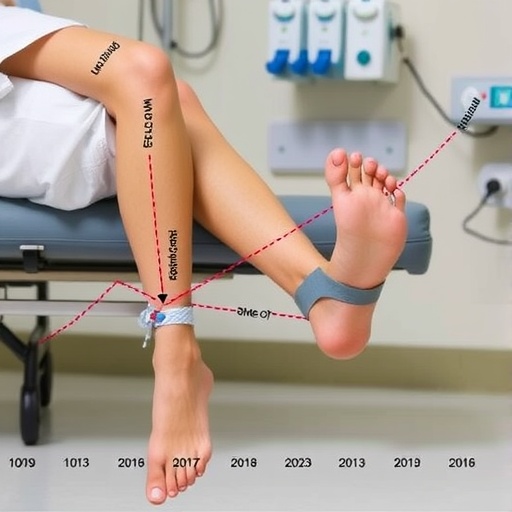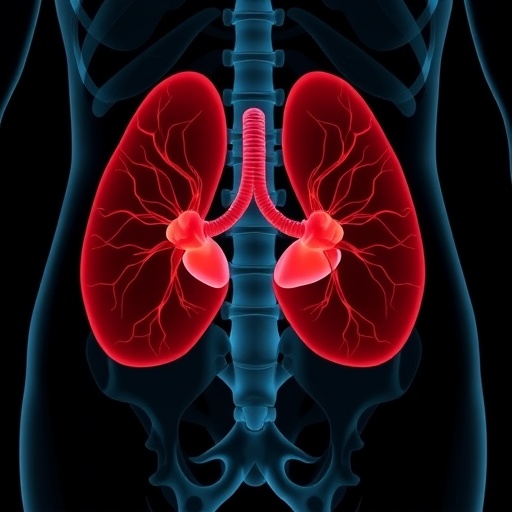The number of first-time prescriptions for opioid drugs has not risen since about 2010, according to UCLA researchers. However, patients taking a class of drug known to increase the risk for overdoses were likelier to receive a first-time opioid prescription — a combination that could be linked to the current surge in opioid-related deaths.
People with chronic pain are often prescribed a class of medications called "benzodiazepines" to treat anxiety, panic attacks and other mental conditions that can be brought on by the stress of coping with their pain. But these people also are likelier to receive new opioid prescriptions for their pain than people who don't use benzodiazepines. Used in combination, they are known to sharply increase the risk of overdose, the researchers say.
The study was published in the journal JAMA Psychiatry.
Previous studies have shown that people who become addicted to opioids after being co-prescribed benzodiazepines and the pain reliever have much higher overdose rates, said Dr. Joseph Ladapo, associate professor of medicine in the division of general internal medicine and health services research at the David Geffen School of Medicine at UCLA and the study's lead author. This is because, in part, they often obtain opioids through other means and continue using them after the initial prescription runs out.
"Rates of accidental overdose are high and rising, and we are struggling as a country to address the problem," he said. "As physicians, we have contributed to the problem, and one of the things we can do to address it is to reduce co-prescribing of benzodiazepines and opioids, and think very hard about how to effectively treat patients' pain while also reducing the risks the patient now faces from opioid therapy."
The researchers used data taken from the National Ambulatory Medical Care Survey and National Hospital Ambulatory Medical Care Survey from 2005 to 2015 on adults ages 20 and older who received new opioid prescriptions while concurrently using a benzodiazepine.
They analyzed a sample of 13,146 clinic and hospital visits, which extrapolate to the equivalent of 214 million visits nationally, in which patients received a new opioid prescription.
Rates of new opioid prescriptions in the United States for people on benzodiazepine increased 86 percent from 189 to 351 per 1,000 people between 2005 and 2010. But the rate of new prescriptions for these patients fell 51 percent to 172 per 1,000 U.S. people by 2015.
By contrast, new opioid prescriptions for patients who were not also taking benzodiazepines increased from 78 to 93 per 1,000 between 2005 and 2010, and dropped 15 percent to 79 per 1,000 by 2015. Naloxone, a medication used to reverse opioid overdoses, was co-prescribed in fewer than 1 percent of the visits.
Yet even with that drop in prescriptions, opioid-linked deaths increased from 5 per 100,000 people in the United States in 2005 to 11 per 100,000 in 2015 — and continued to rise in 2017, according to the Centers for Disease Control and Prevention.
The U.S. Surgeon General recently suggested that Americans routinely keep naloxone on hand to treat opioid overdose victims.
"We were surprised by how much higher the probability is of new opioid prescriptions to patients using benzodiazepines, considering that these patients face such an increased risk of overdose," said senior author Dr. John Mafi, assistant professor of medicine in the division of general internal medicine and health services research at the Geffen School. "We were also surprised by how rapidly co-prescription rates fell after peaking around 2010. Such a rapid change suggests that a substantial portion of the initial opioid prescriptions were potentially avoidable."
But doctors continue to bear responsibility, he added. "Opioid and benzodiazepine co-prescriptions remain very high and continue to place patients at heightened risk of opioid overdose."
Other factors that could be driving these increased deaths include the easy availability of heroin and other opioid variants through family members, friends and dealers; and socioeconomic disparities putting health care and drug rehabilitation out of the reach of some low-income, racial and ethnic groups.
Factors affecting the findings include a limited amount of clinical information available for the patients; lack of access to pharmacy data and dosage information that would have a bearing on overdose risk; and a lack of some community health center and outpatient hospital department data from 2012 through 2015.
###
Study co-authors are Alexander Chen, Melissa Villalon, Stefanie Vassar and David Huang, all of UCLA; and Dr. Marc Larochelle of Boston University. Mafi is also associated with Rand Corp.
The study was funded by the National Heart, Lung and Blood Institute; the National Institute on Minority Health and Health Disparities; the Robert Wood Johnson Foundation; the National Institute on Drug Abuse; a Boston University School of Medicine Department of Medicine Career Investment Award; the UCLA Clinical and Translational Science Institute; the American Board of Internal Medicine Choosing Wisely Campaign; and the National Institutes of Health's National Center for Advancing Translational Sciences.
Media Contact
Enrique Rivero
[email protected]
310-267-7120
@uclahealth
http://www.uclahealth.org/
http://newsroom.ucla.edu/releases/opioids-prescribed-at-high-rates-to-those-at-increased-overdose-risk-but-trends-improving-study-finds?_ga=2.98219103.1359064081.1524501827-362892093.1468948291




